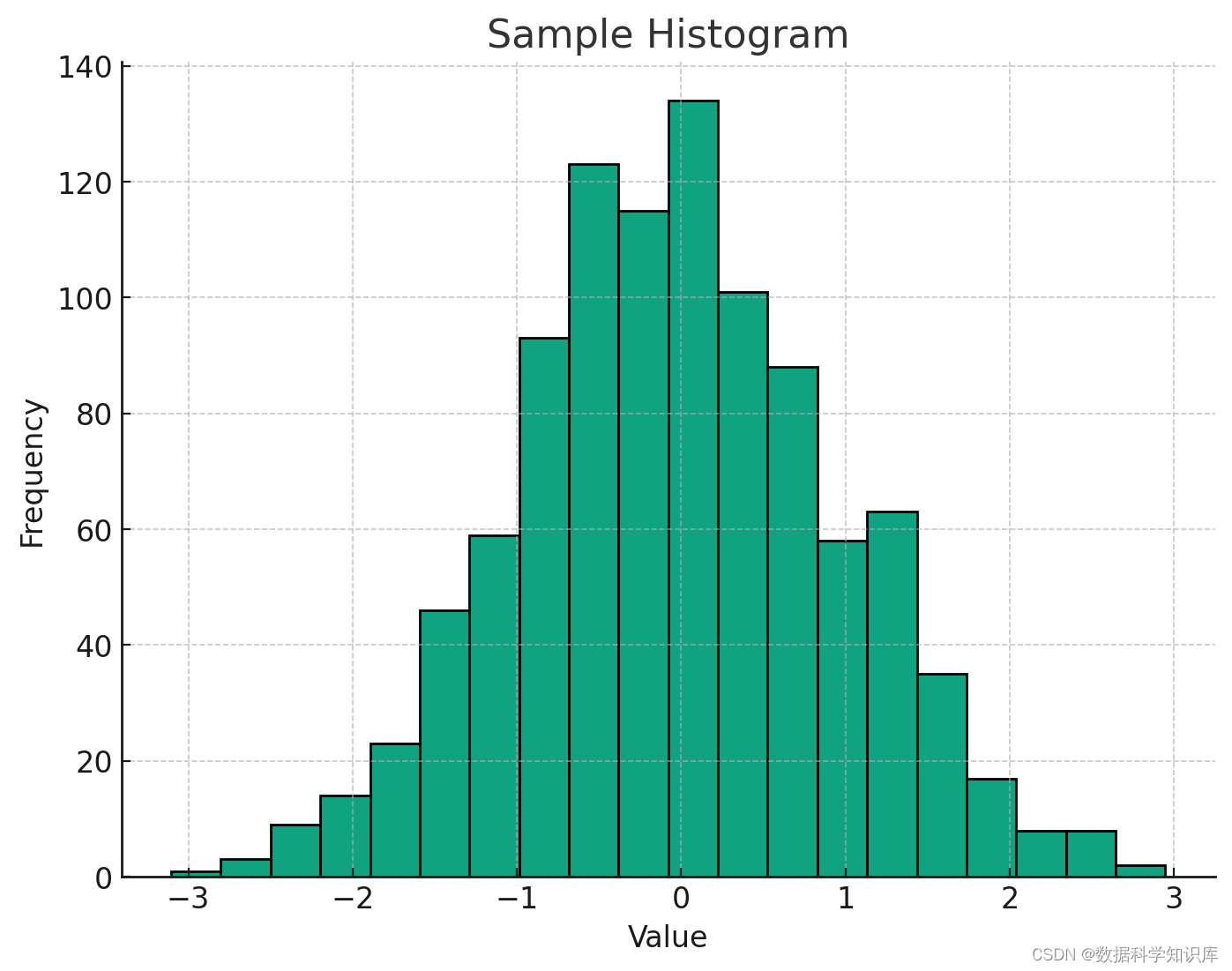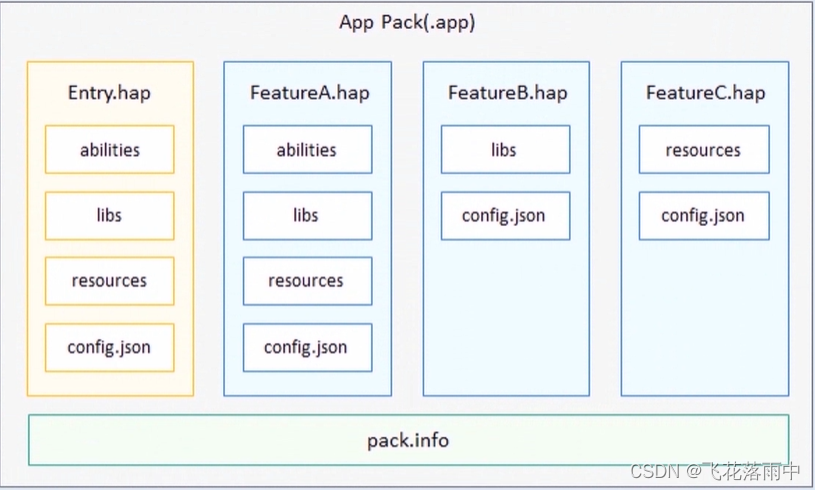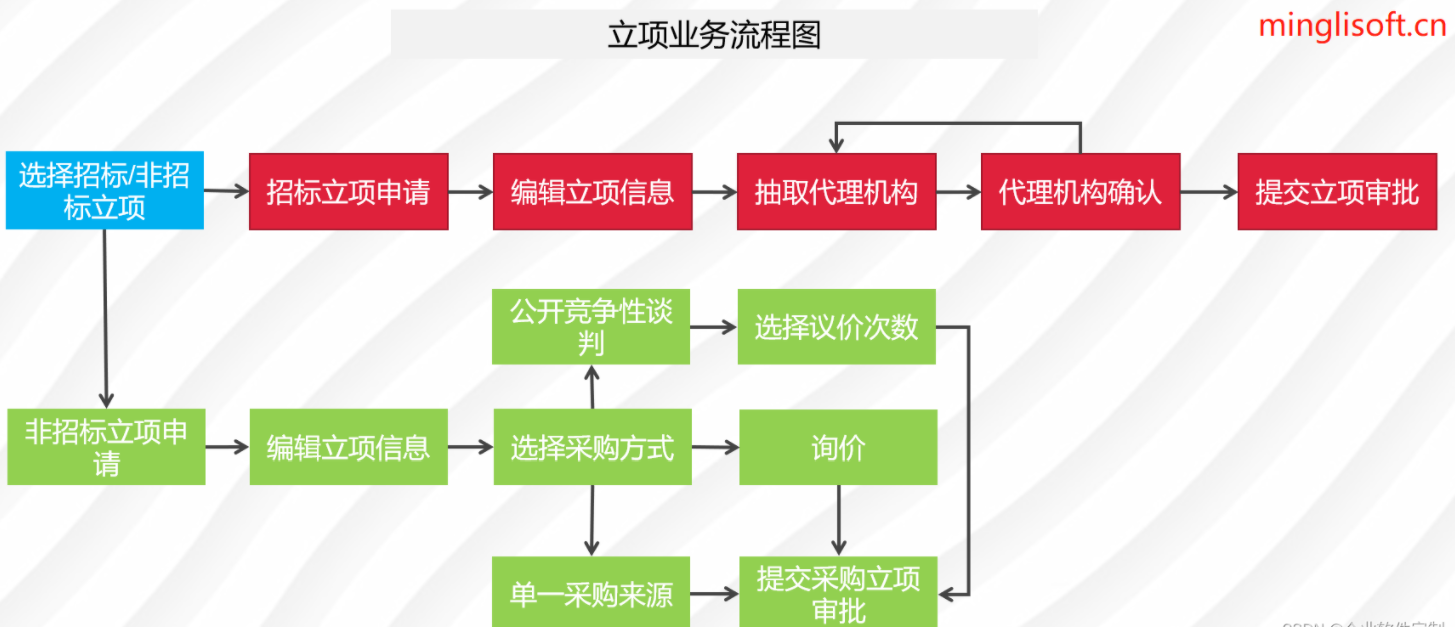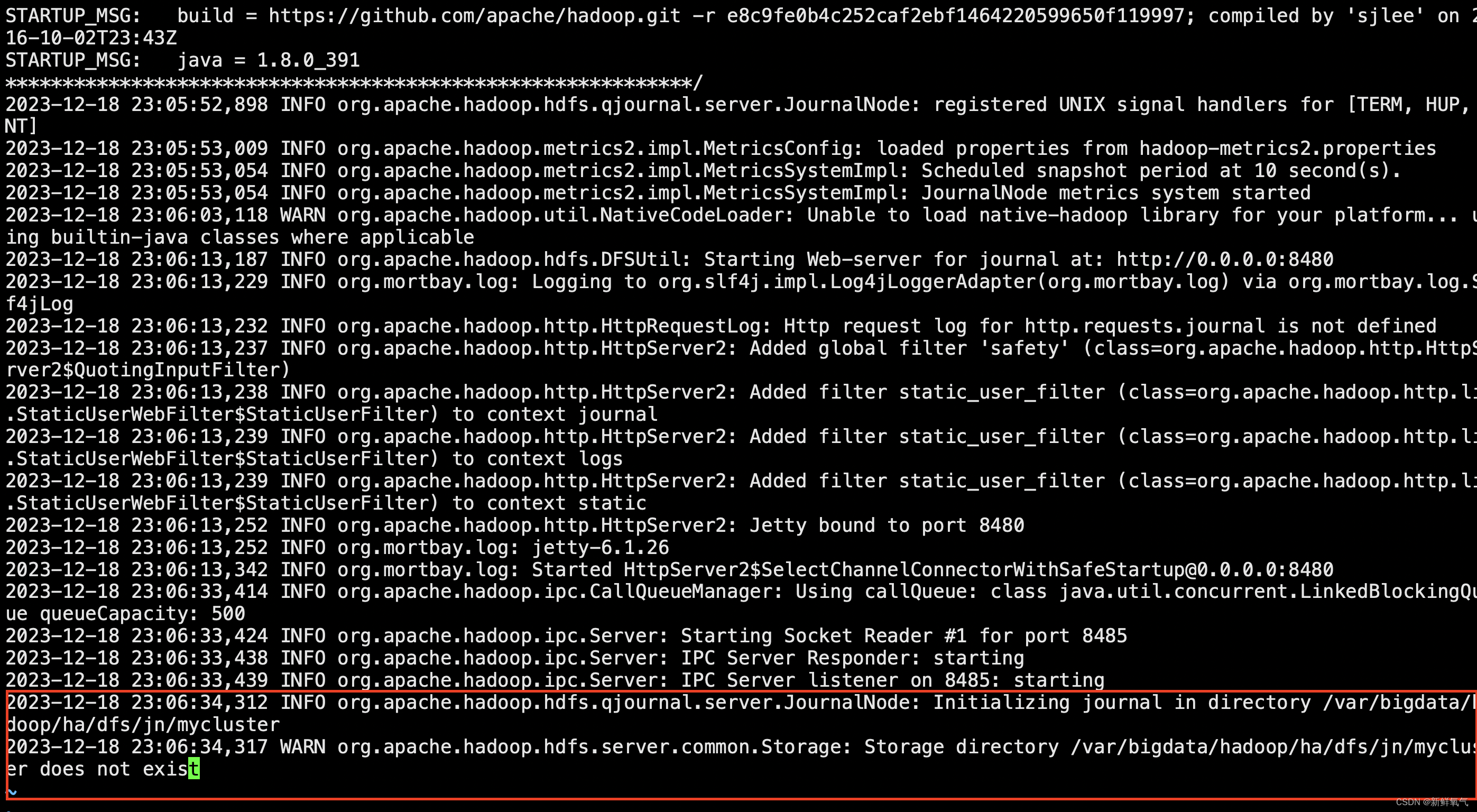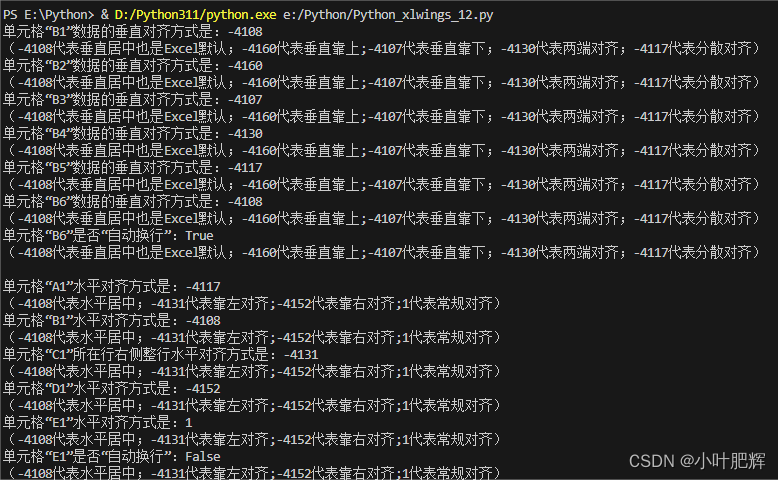令牌桶算法属于流量控制算法,在一定时间内保证一个键(key)的访问量不超过某个阈值。这里的关键是设置一个令牌桶,在某个时间段内生成一定数量的令牌,然后每次访问时从桶中获取令牌,如果桶中没有令牌,就拒绝访问。
参考网上一个博主写的:https://blog.csdn.net/xdx_dili/article/details/133683315
注意:我这边只是学习实践加上修改对应的代码记录下而已
第一步:记得要下载redis并配置好
第二步:创建springboot项目并引入maven,配置好配置文件
(注意我这边使用的springboot版本是2.6.x,因为2.7开始博主的部分代码不可用了)
<dependencies>
<dependency>
<groupId>org.springframework.boot</groupId>
<artifactId>spring-boot-starter-web</artifactId>
</dependency>
<dependency>
<groupId>org.springframework.boot</groupId>
<artifactId>spring-boot-starter-data-redis</artifactId>
</dependency>
<dependency>
<groupId>org.springframework.boot</groupId>
<artifactId>spring-boot-starter-aop</artifactId>
</dependency>
<dependency>
<groupId>com.google.guava</groupId>
<artifactId>guava</artifactId>
<version>21.0</version>
</dependency>
<dependency>
<groupId>org.springframework.boot</groupId>
<artifactId>spring-boot-starter-test</artifactId>
</dependency>
<dependency>
<groupId>org.apache.commons</groupId>
<artifactId>commons-lang3</artifactId>
</dependency>
<dependency>
<groupId>com.alibaba</groupId>
<artifactId>fastjson</artifactId>
<version>1.2.78</version>
</dependency>
</dependencies>
#application.properties
#redis
spring.redis.host=127.0.0.1
spring.redis.port=6379
server.port=8081
第三步:代码部分
import org.springframework.context.annotation.Bean;
import org.springframework.context.annotation.Configuration;
import org.springframework.data.redis.connection.lettuce.LettuceConnectionFactory;
import org.springframework.data.redis.core.RedisTemplate;
import org.springframework.data.redis.serializer.GenericJackson2JsonRedisSerializer;
import org.springframework.data.redis.serializer.StringRedisSerializer;
import java.io.Serializable;
/**
* RedisTemplate调用实例
*/
@Configuration
public class RedisLimiterHelper {
//spring会帮助我们注入LettuceConnectionFactory
@Bean
public RedisTemplate<String, Serializable> limitRedisTemplate(LettuceConnectionFactory redisConnectionFactory) {
RedisTemplate<String, Serializable> template = new RedisTemplate<>();
template.setKeySerializer(new StringRedisSerializer());
template.setValueSerializer(new GenericJackson2JsonRedisSerializer());
template.setConnectionFactory(redisConnectionFactory);
return template;
}
}
/**
* 限流类型枚举类
*/
public enum LimitType {
/**
* 自定义key
*/
CUSTOMER,
/**
* 请求者IP
*/
IP;
}
import java.lang.annotation.*;
/**
* 自定义限流注解
*/
//@Target({ElementType.METHOD, ElementType.TYPE}) 表示这个注解可以应用到方法和类上。
//ElementType.METHOD 表示这个注解可以应用到方法上,即可以在方法上添加这个注解。
//ElementType.TYPE 表示这个注解可以应用到类上,即可以在类上添加这个注解。
//@Retention(RetentionPolicy.RUNTIME) 表示这个注解的元数据信息(metadata)在运行时可用。
//@Inherited 表示这个注解可以被继承。
//@Documented 表示这个注解的文档信息(documentation)会被自动生成
@Target({ElementType.METHOD, ElementType.TYPE})
@Retention(RetentionPolicy.RUNTIME)
@Inherited
@Documented
public @interface RedisLimit {
/**
* 名字
*/
String name() default "";
/**
* key
*/
String key() default "";
/**
* Key的前缀
*/
String prefix() default "";
/**
* 给定的时间范围 单位(秒)
*/
int period();
/**
* 一定时间内最多访问次数
*/
int count();
/**
* 限流的类型(用户自定义key 或者 请求ip)
*/
LimitType limitType() default LimitType.CUSTOMER;
}
import org.apache.commons.lang3.StringUtils;
import org.aspectj.lang.ProceedingJoinPoint;
import org.aspectj.lang.annotation.Around;
import org.aspectj.lang.annotation.Aspect;
import org.aspectj.lang.reflect.MethodSignature;
import org.slf4j.Logger;
import org.slf4j.LoggerFactory;
import org.springframework.beans.factory.annotation.Autowired;
import org.springframework.context.annotation.Configuration;
import org.springframework.data.redis.core.RedisTemplate;
import org.springframework.data.redis.core.script.DefaultRedisScript;
import org.springframework.data.redis.core.script.RedisScript;
import org.springframework.web.context.request.RequestContextHolder;
import org.springframework.web.context.request.ServletRequestAttributes;
import javax.servlet.http.HttpServletRequest;
import java.io.Serializable;
import java.lang.reflect.Method;
import java.util.Arrays;
import java.util.List;
/**
* 限流切面实现
*/
@Aspect
@Configuration
public class LimitInterceptor {
private static final Logger logger = LoggerFactory.getLogger(LimitInterceptor.class);
private static final String UNKNOWN = "unknown";
private final RedisTemplate<String, Serializable> limitRedisTemplate;
@Autowired
public LimitInterceptor(RedisTemplate<String, Serializable> limitRedisTemplate) {
this.limitRedisTemplate = limitRedisTemplate;
}
//切面(使用了该RedisLimit注解时触发)
@Around("execution(public * *(..)) && @annotation(com.zhangximing.redis_springboot.annotate.RedisLimit)")
public Object interceptor(ProceedingJoinPoint pjp) {
MethodSignature signature = (MethodSignature) pjp.getSignature();
Method method = signature.getMethod();
RedisLimit limitAnnotation = method.getAnnotation(RedisLimit.class);
LimitType limitType = limitAnnotation.limitType();
String key;
int limitPeriod = limitAnnotation.period();
int limitCount = limitAnnotation.count();
/**
* 根据限流类型获取不同的key ,如果不传我们会以方法名作为key
*/
switch (limitType) {
case IP:
key = getIpAddress();
break;
case CUSTOMER:
key = limitAnnotation.key();
break;
default:
key = StringUtils.upperCase(method.getName());
}
List<String> keys = Arrays.asList(StringUtils.join(limitAnnotation.prefix(), key));
try {
//lua脚本
String luaScript = buildLuaScript();
//获取已调用数量
RedisScript<Long> redisScript = new DefaultRedisScript<>(luaScript, Long.class);
Long count = limitRedisTemplate.execute(redisScript, keys, limitCount, limitPeriod);
//判断是否已超过限制
if (count != null && count <= limitCount) {
return pjp.proceed();
} else {
throw new RuntimeException("服务忙,请稍后再试");
}
} catch (Throwable e) {
if (e instanceof RuntimeException) {
// throw new RuntimeException(e.getLocalizedMessage());
return e.getLocalizedMessage();
}
// throw new RuntimeException("server exception");
return "服务异常";
}
}
//编写 redis Lua 限流脚本
public String buildLuaScript() {
StringBuilder lua = new StringBuilder();
lua.append("local c");
//KEYS[1]表示key
lua.append("\nc = redis.call('get',KEYS[1])");
// 调用不超过最大值,则直接返回 (ARGV[1]表示第一个参数)
lua.append("\nif c and tonumber(c) > tonumber(ARGV[1]) then");
lua.append("\nreturn c;");
lua.append("\nend");
// 执行计算器自加
lua.append("\nc = redis.call('incr',KEYS[1])");
lua.append("\nif tonumber(c) == 1 then");
// 从第一次调用开始限流,设置对应键值的过期
lua.append("\nredis.call('expire',KEYS[1],ARGV[2])");
lua.append("\nend");
lua.append("\nreturn c;");
return lua.toString();
}
//获取id地址
public String getIpAddress() {
HttpServletRequest request = ((ServletRequestAttributes) RequestContextHolder.getRequestAttributes()).getRequest();
String ip = request.getHeader("x-forwarded-for");
if (ip == null || ip.length() == 0 || UNKNOWN.equalsIgnoreCase(ip)) {
ip = request.getHeader("Proxy-Client-IP");
}
if (ip == null || ip.length() == 0 || UNKNOWN.equalsIgnoreCase(ip)) {
ip = request.getHeader("WL-Proxy-Client-IP");
}
if (ip == null || ip.length() == 0 || UNKNOWN.equalsIgnoreCase(ip)) {
ip = request.getRemoteAddr();
}
return ip;
}
}
import com.zhangximing.redis_springboot.annotate.LimitType;
import com.zhangximing.redis_springboot.annotate.RedisLimit;
import org.springframework.web.bind.annotation.RequestMapping;
import org.springframework.web.bind.annotation.RestController;
import java.util.concurrent.atomic.AtomicInteger;
/**
* @Author: zhangximing
* @Email: 530659058@qq.com
* @Date: 2023/12/20 10:59
* @Description: 限流测试类 参考 https://blog.csdn.net/xdx_dili/article/details/133683315
*/
@RestController
@RequestMapping("/limit")
public class LimitController {
private static final AtomicInteger ATOMIC_INTEGER_1 = new AtomicInteger();
//十秒同一IP限制访问5次
@RedisLimit(period = 10, count = 5, name = "测试接口", limitType = LimitType.IP)
@RequestMapping("/test")
public String testLimit(){
return "SUCCESS:"+ATOMIC_INTEGER_1.incrementAndGet();
}
}
效果展示:


